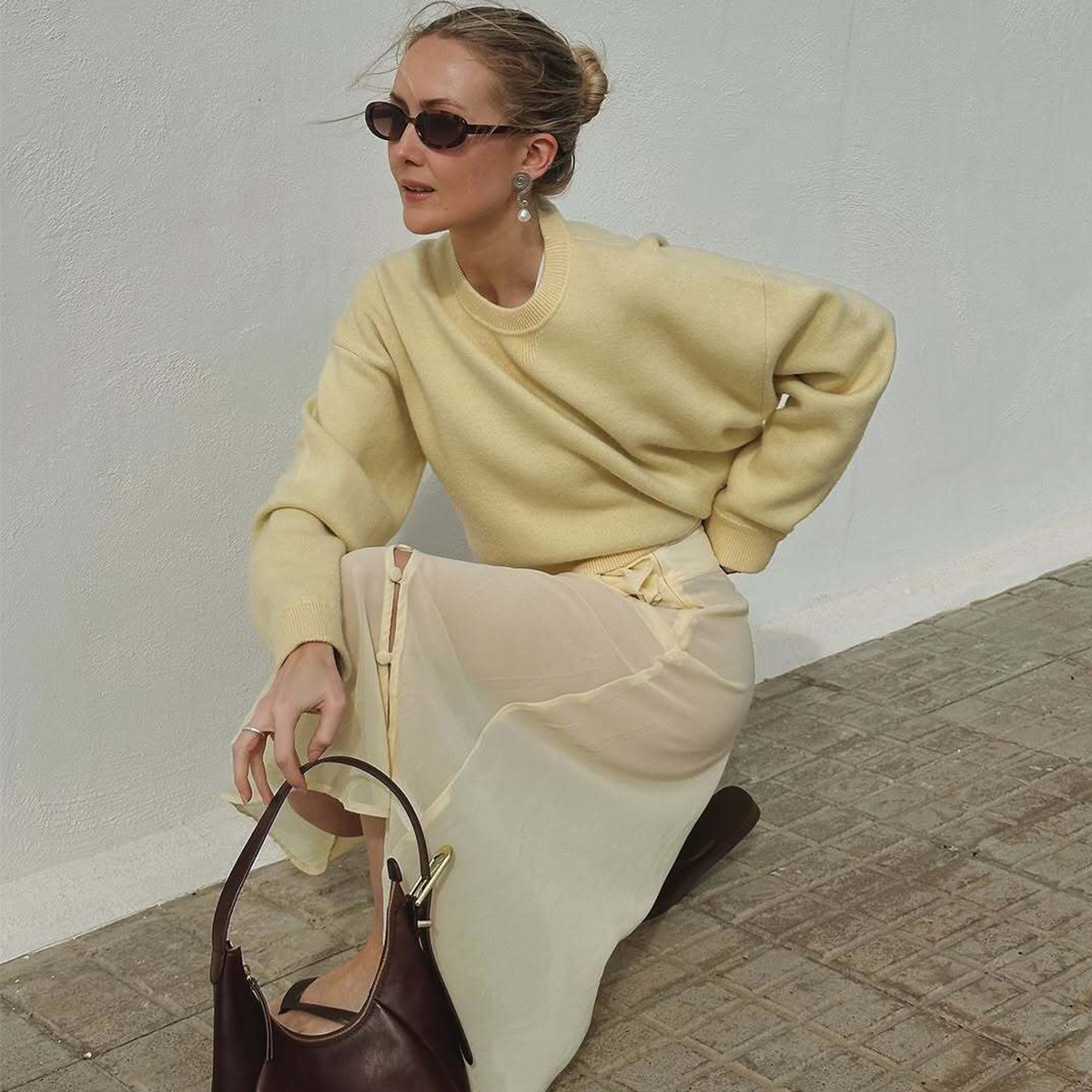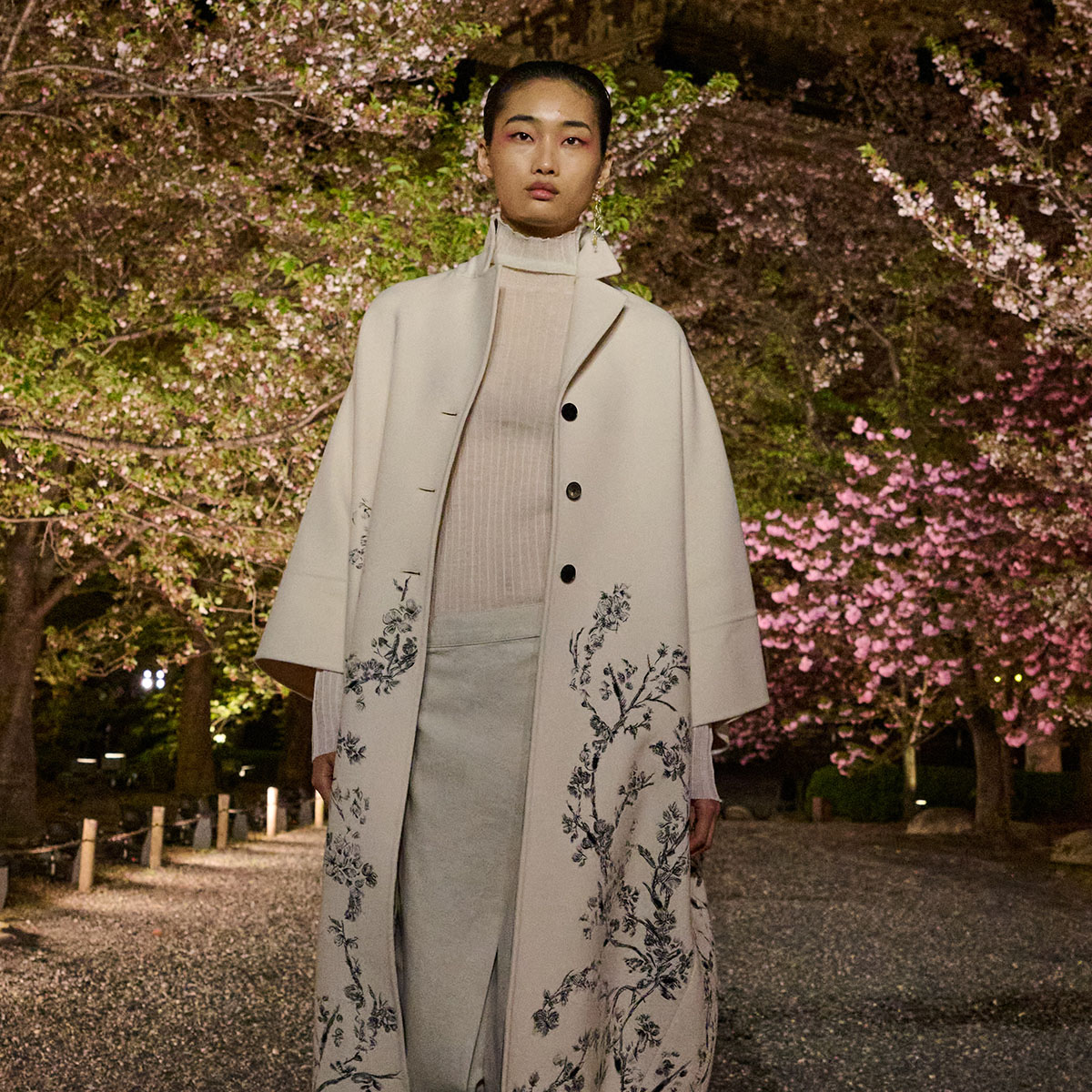Black Beauty Brands Set the Standard for Inclusive Shade Ranges—These Industry Experts Are Leading the Charge
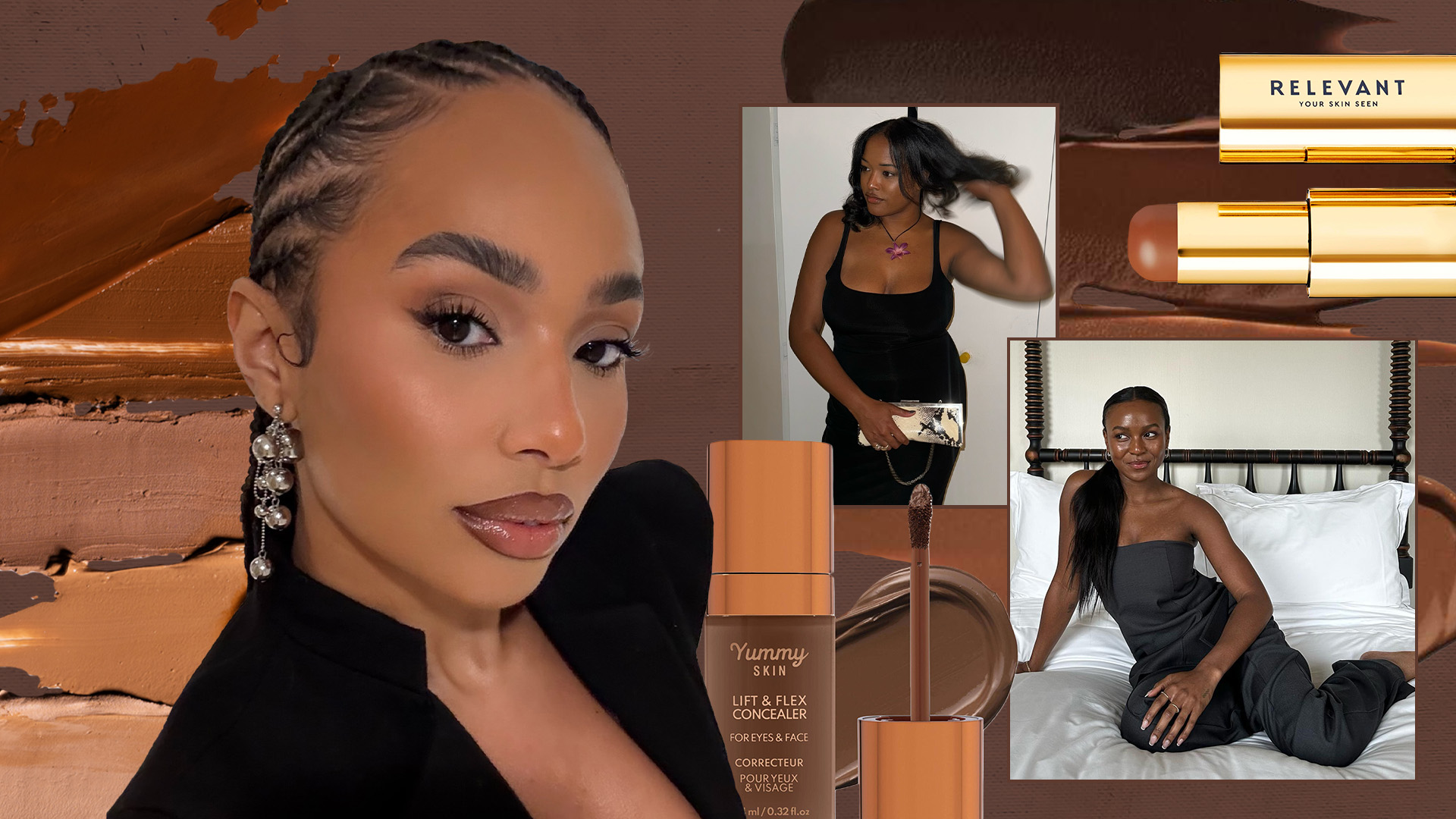
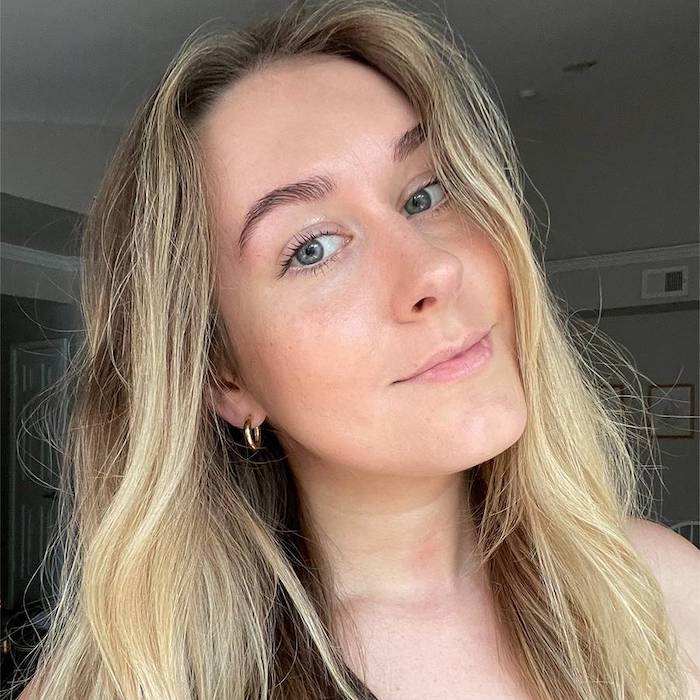
If a brand releases a complexion product—foundation, concealer, or otherwise—an inclusive shade range should be standard practice. However, this isn't always the case. In recent memory, TikTokers have called out more than one beauty brand for flubbing foundation shades for deep skin tones.
This isn't a one-off issue. Historically, people of color have been underserved and overlooked in the beauty industry. Whether we're talking about melanin-safe skincare, textured haircare, or shade-inclusive makeup, there have been far fewer options for people of color. And no one knows this more intimately than beauty experts and industry veterans Nyakio Grieco and Tisha Thompson. Grieco is the founder of Relevant: Your Skin Seen and the co-founder of Thirteen Lune, an online marketplace that enables the discovery of Black- and Brown-owned beauty brands. Thompson is a long-time makeup artist and the founder and CEO of LYS Beauty.
Growing up as women of color, they were often forced to improvise and experiment with their makeup, whether by purchasing multiple complexion products and blending them to create a correct, skin-matching shade or using red lipstick to color-correct their skin because they didn't have access to an actual tone-matching color corrector. To put it simply, they were forced to devote unnecessary time and money to achieve the same results that others could achieve easily. Luckily, they used these exclusionary experiences to create and inform their current-day brands, effectively filling an empty (or inadequate) space in the beauty industry. Now? They're part of a community that's leading the charge on innovation and inclusivity.
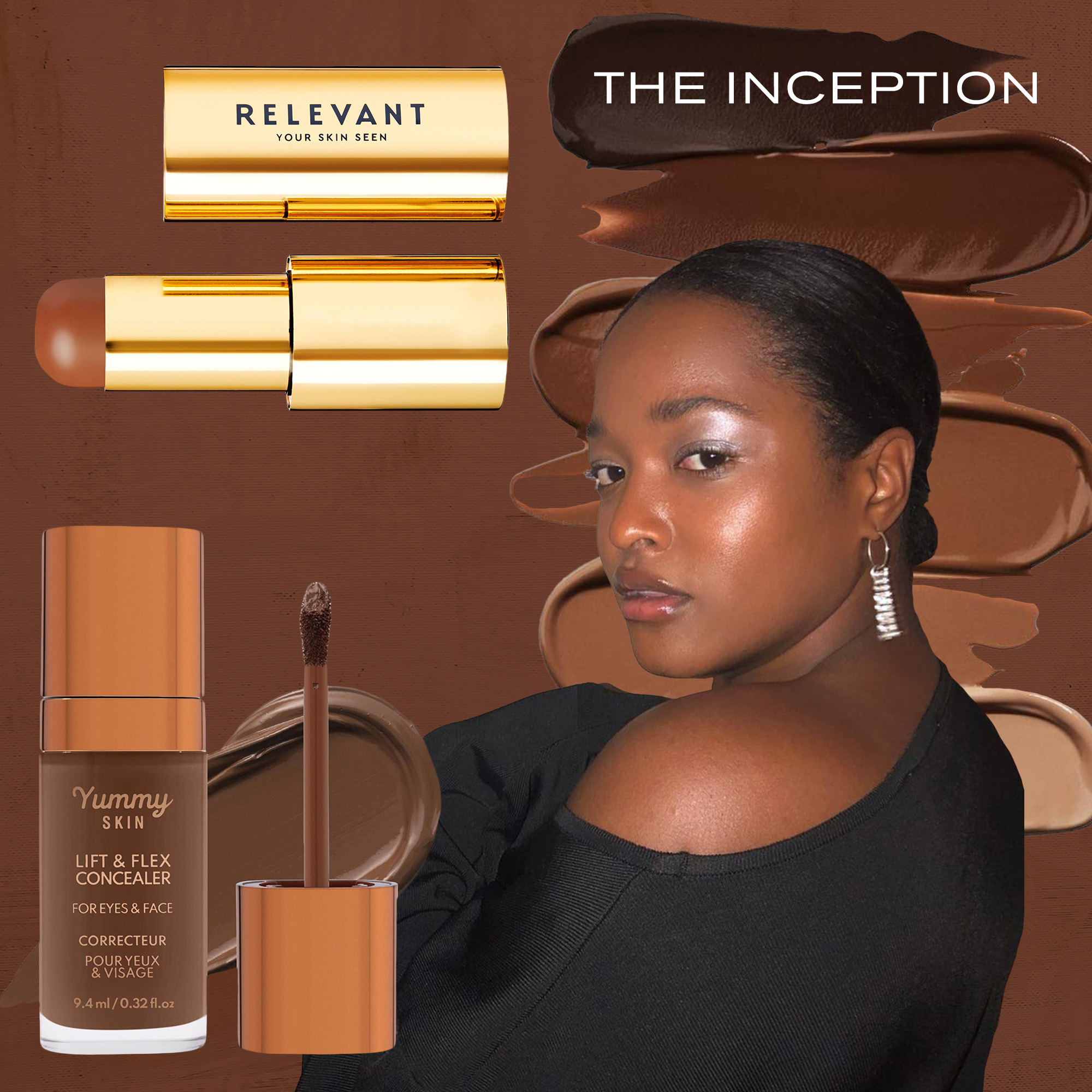
Grieco and Thompson share of love of beauty that started long before they founded their own brands. However, the beauty industry didn't always love them back. "My introduction to makeup was all about hacking the system and mixing and blending products to make them work," Thompson says. "It often meant settling for 'close enough.'"
Even when she started out as a young makeup artist, Thompson says she struggled to find complexion products to fill her kit. "I'd come across ranges with 20+ shades, but only a handful—if that—were meant for deeper skin tones. And even if you found the right shade category, getting the perfect undertone was another hurdle. Then there was the question of whether the blushes, bronzers, eye shadows, and lipsticks were actually pigmented enough to show up on the skin. Of course, this was frustrating! It's frustrating any time a product you love, or want to love, isn't made to accommodate you. It meant getting creative by mixing, color correcting, and making it work however I could."
It wasn't fair that I had to work so hard when I would watch my friends find their shade, put it on, and go about their day.
Nyakio Grieco
Grieco can relate. As a college student, she remembers struggling to find complexion products that fit her skin tone. "I learned how to find something a little bit lighter than my tone and then mix it with something deeper. Sometimes I would even add lipstick in it to give a little bit of the undertone and color-correcting," she says. "I think it was that experience that I really realized how left out I felt at shelf." The feeling was only intensified when she'd see her friends avoid all the trouble she was going through. "It wasn't fair that I had to work so hard when I would watch my friends find their shade, put it on, and go about their day."
Grieco and Thompson both channeled their frustration into their respective brands, ensuring their products would be effective and accessible to all. "I think that's also what motivated me," Grieco says. "How can I be the solve for myself when I was a young girl? How can I be a better catalyst to help solve the emotional frustration that people feel when they don't feel seen? Hence my tagline, 'Your skin seen.'"
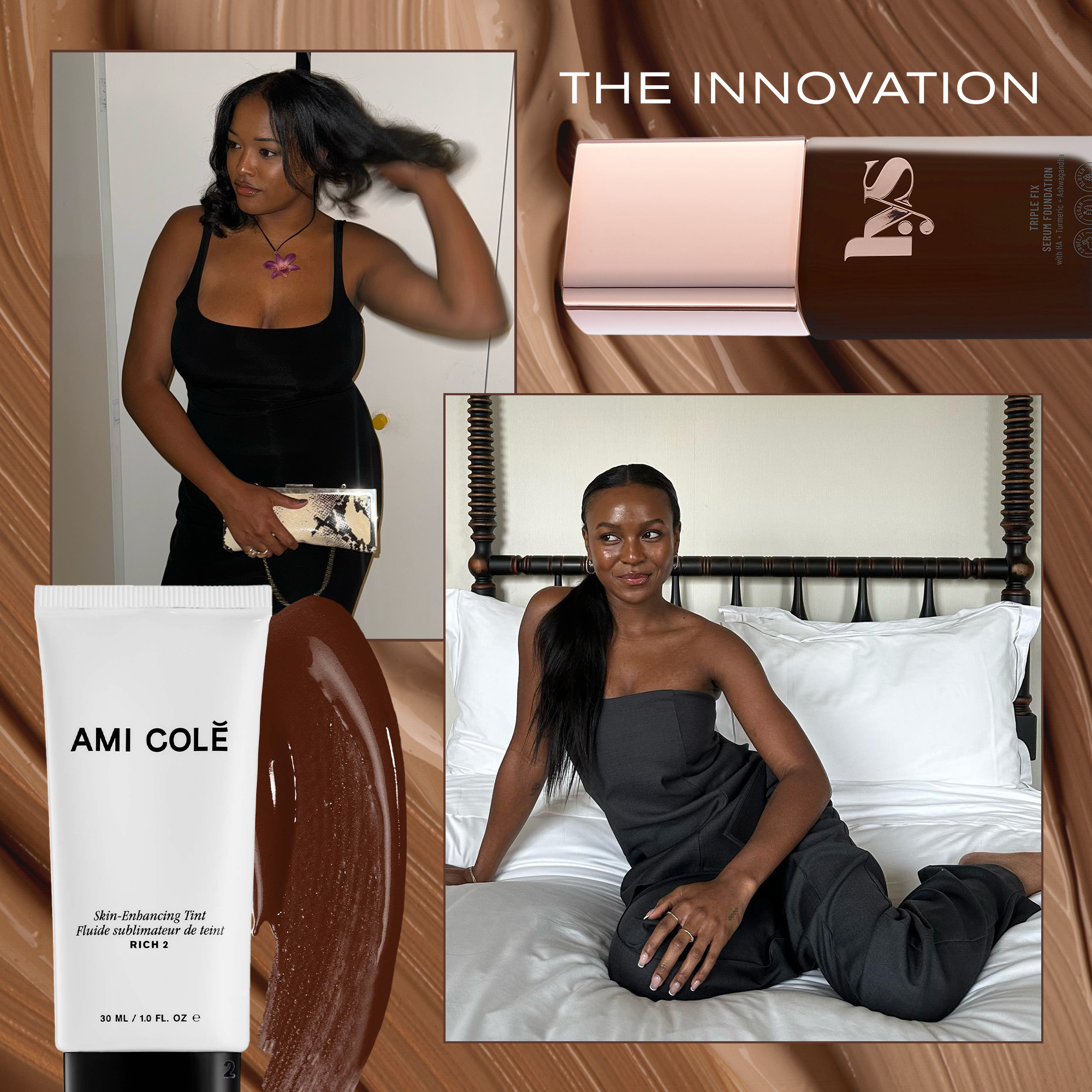
Creating an inclusive shade range isn't easy. In fact, it's extremely difficult, especially when you consider the enormous amount of time, money, and focus it requires. It's not just about the number of shades, either. It's about the scope. After all, what good is 40 shades if 30 of them cater to lighter skin tones specifically?
"As an indie brand owner, I didn't want to overproduce before knowing how the brand would be received, but I also wanted to ensure equal shade offerings across the entire skin tone spectrum," Thompson says. "That meant if we could only launch with five shades, everyone had the same likelihood of finding a match. I think that level of intentionality has been key in earning customer confidence—it proves that true inclusivity isn't about massive numbers but thoughtful formulation."
Thompson references her No Limits Matte Bronzer as proof. It went viral shortly after it was launched. "Despite having a relatively small shade range at the time, it resonated with so many people. We've since expanded the line, but that initial success reinforced that inclusivity is about balance and representation, not just quantity. To streamline shade selection, we developed a proprietary formula equation that factors in skin tone category, undertone, and shade depth—making it easier for customers to find their perfect fit while keeping us accountable in our inclusivity efforts."
True inclusivity isn't about massive numbers but thoughtful formulation.
Tisha Thompson
Grieco's approach to expert shade matching involved bringing in a trusted makeup artist. "I was always very hesitant to work with makeup artists because the few times that I had gotten my makeup done before, I was really disappointed and felt like I didn't look like me," she says. Luckily, she came across celebrity makeup artist Bo Nelson. Recalling a time he did her makeup, she says, "I remember the confidence that I felt looking in the mirror." Thus, a partnership was born. Grieco and Nelson worked together to create an inclusive and intentional shade range. "I wanted to work on the deepest shades for both our powder and our foundation sticks first to make sure that I was tackling those that had been sort of considered last," she says. "So that's why number one is my deepest shade, but I have 36 shades, and sometimes even when you're looking at my more fair shades, they may look really, really similar, but there's an undertone consideration."
And make no mistake. Undertone is everything. In fact, the undertone is what other beauty brands have historically gotten wrong about their complexion products. "Quiet as it's kept, undertone is what truly determines whether a shade is a perfect match or just close enough," Thompson says. "Shade category will put you in the right range, but the undertone is what makes it seamlessly blend into the skin. It's also one of the hardest things to get right in product development—shades can easily skew too orange, too olive, too red, or just off. That's why testing is such a crucial step in finalizing our shade offerings. It ensures that each skin tone category is properly accounted for and that every shade looks as natural and undetectable as possible."
Quiet as it's kept, the undertone is what truly determines whether a shade is a perfect match or just close enough. The shade category will put you in the right range, but the undertone is what makes it seamlessly blend into the skin. It's also one of the hardest things to get right in product development."
Tisha Thompson
As such, Thompson sees real-world testing as a critical step in shade development. "We analyze diverse skin tones to identify gaps, then test shades across a wide range of people in different lighting conditions to ensure accuracy. Oxidation and wear tests are also crucial to prevent undertones from shifting throughout the day. It's all about identifying the white spaces in the market and making sure every skin tone gets the consideration it deserves."
Grieco and Nelson took a similar "deep consideration" of tonality and underwent intensive testing before launching the products. "I can't test numbers 32 through 36 on my skin. So that was actually one of the most joyous parts of it. I was able to go into my community of girlfriends. … It really did become this village of support to get to where we were able to put them out in the world." Eventually, they nailed it. "Everybody wants to feel seen," she says. "Everybody wants to feel considered. And so in anything we develop from Relevant, that's the start. How do we make sure that this helps people feel seen? … Your makeup journey should not be a science experiment unless you're a lover of science and want to play. It should not be frustrating. It should not make you feel less than. It should make you feel empowered."
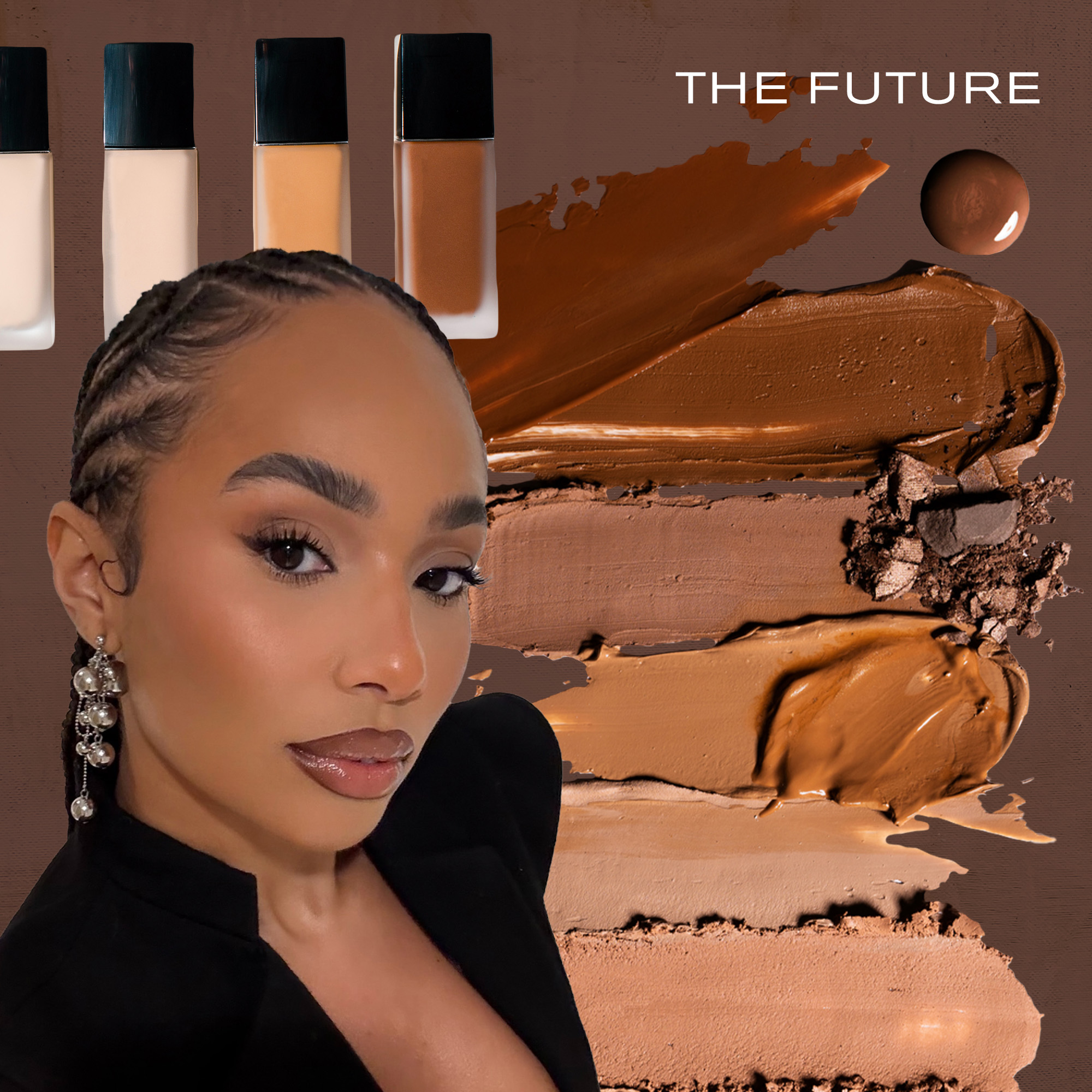
While the beauty industry has made critical strides in ensuring an equal experience for every customer, there's still more ground to gain. "Looking back at photos from that time, the progress in makeup is evident, and it's amazing to see how far the industry has come," Thompson says. However, she says she'd love to see more progress from both a product and brand-messaging standpoint.
"From a product perspective, I'd love to see more progress in shade diversity beyond just foundations and concealers," she says. "Other products, like eye shadow, blush, and highlighter definitely show up differently on different skin tones, and that needs to be considered just as thoughtfully. As brands expand their offerings, they need to ensure their color products work for the widest range of customers possible. That takes extensive testing and trial and error, but the end result is always worth it. From a messaging standpoint, I'd love to see brands take more responsibility for the beauty narratives they put into the world. Is your messaging helping or harming the way people see themselves? Makeup should be about creativity, self-expression, and revealing what makes you feel the most beautiful and powerful. I want to get back to those roots. Let's celebrate what we are rather than making beauty a conversation about what we're not."
And Thompson and Grieco, among other industry experts, are leading that change. "As a Black, plus-size woman, I know what it's like to be othered by a brand—to feel like a conversation isn't meant for you or that there's no seat at the table," Thompson says. "If I have anything to do with it, I'll never allow my customers to feel that way."
Grieco is equally determined to make change and stick to her inclusionary ideals. "I truly believe that listening is our biggest superpower. When I first started my first beauty brand, there wasn't even social media, right? So we have such an opportunity to be active listeners as beauty founders and as companies that produce beauty products. We live in such a beautiful, diverse society. That is the future."
Thompson agrees. "At the end of the day, if you're in the business of serving people, inclusivity and accessibility must be nonnegotiables. You simply can't claim to serve people without being deeply invested in what they need to feel seen, represented, and considered at every stage of product development. And when so many messages out there try to devalue this work—or worse, debate its importance—that's all the more reason to double down. Because true self-love is something we all deserve, and I want the products to reflect that."
Shop Shade-Inclusive Black Beauty Brands
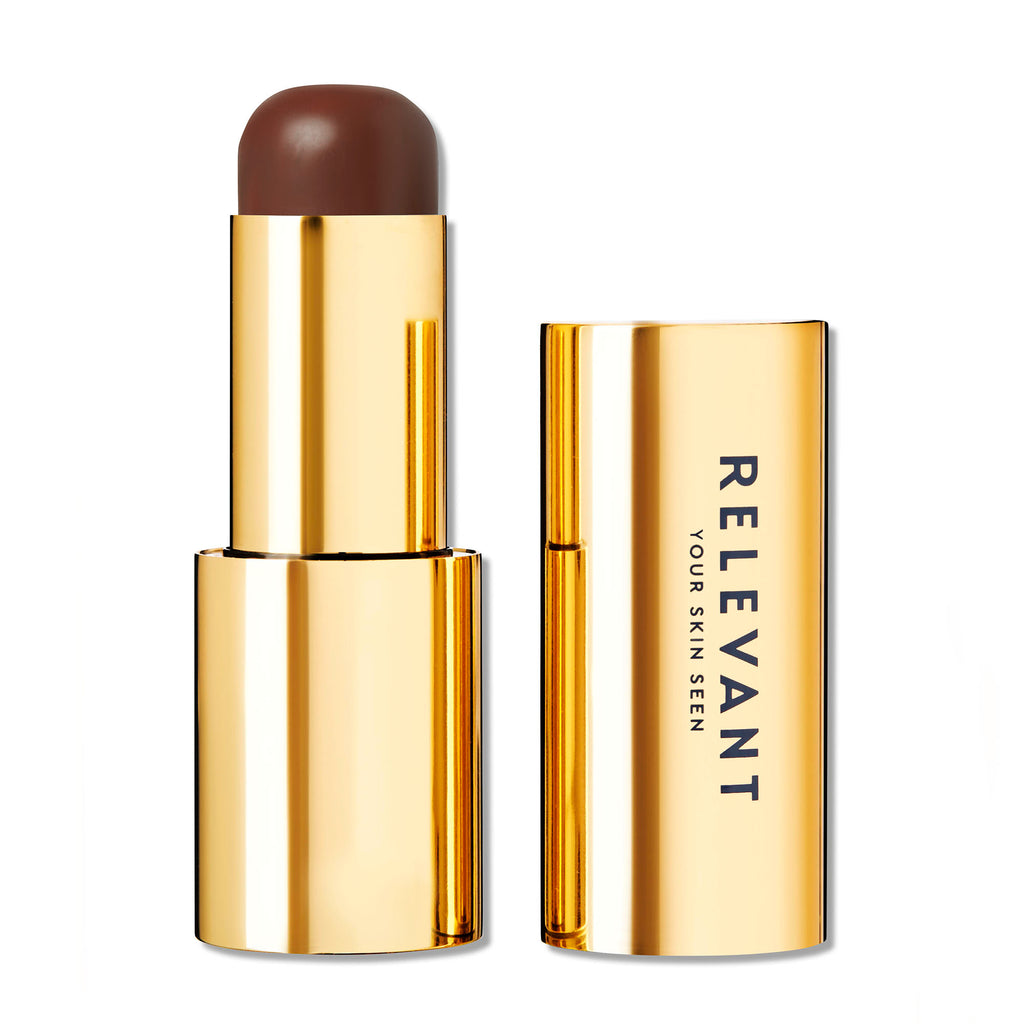
Type: Cream | Shades: 36 | Coverage: Medium | Finish: Natural
Grieco's foundation stick can multitask as a concealer and contour. It has a creamy, buttery, and luxurious formula that's available in 36 inclusive shades, starting with Empower 1—a deep shade with cool undertones.
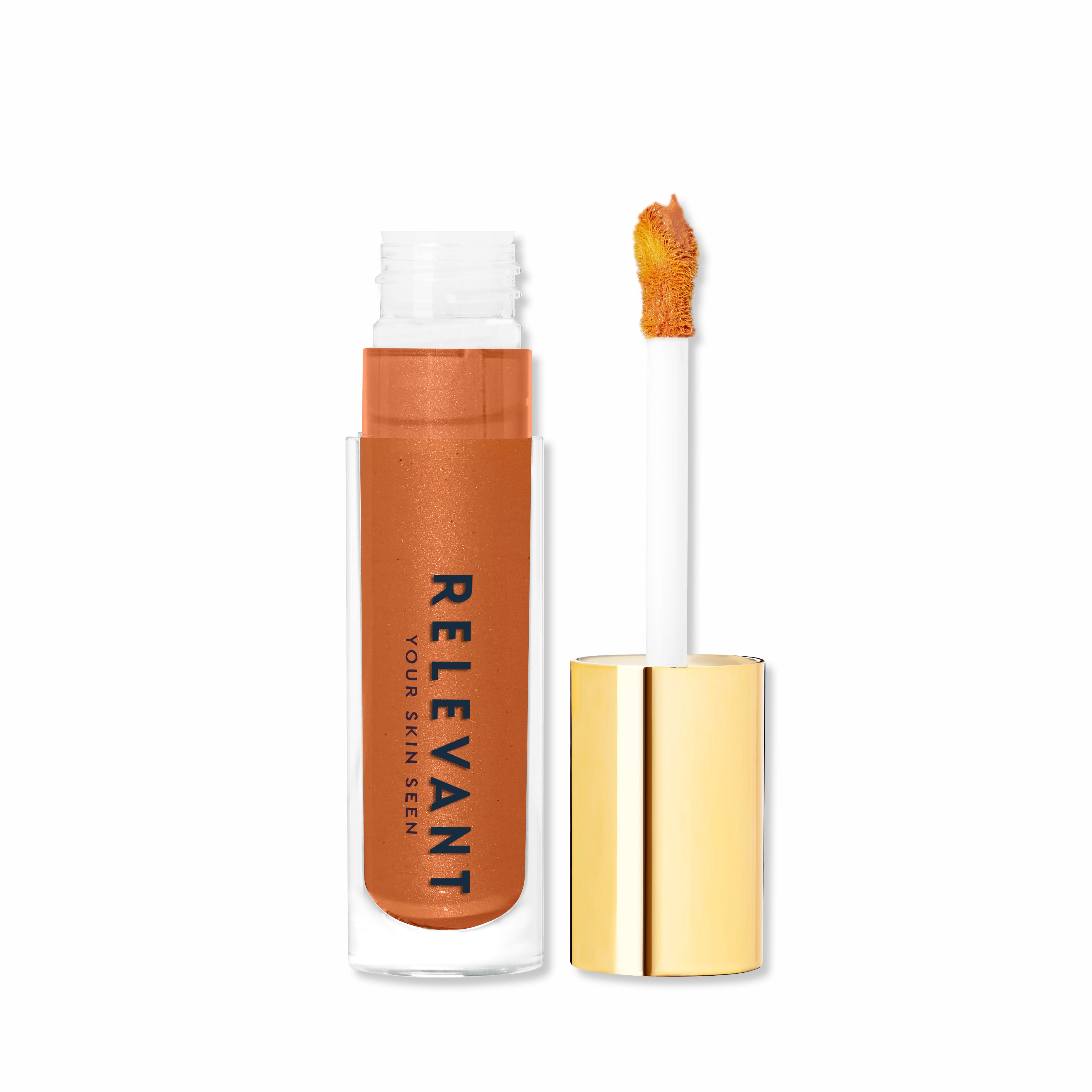
Instead of using lipstick like Grieco once did, people with deeper skin tones (and light skin tones!) can use Grieco's Rele-Fix Priming Color Corrector to perfect their under-eyes and any other hyper or hypo-pigmented areas. The super-thin, pigmented formula won't crease or look cakey under foundation or concealer.
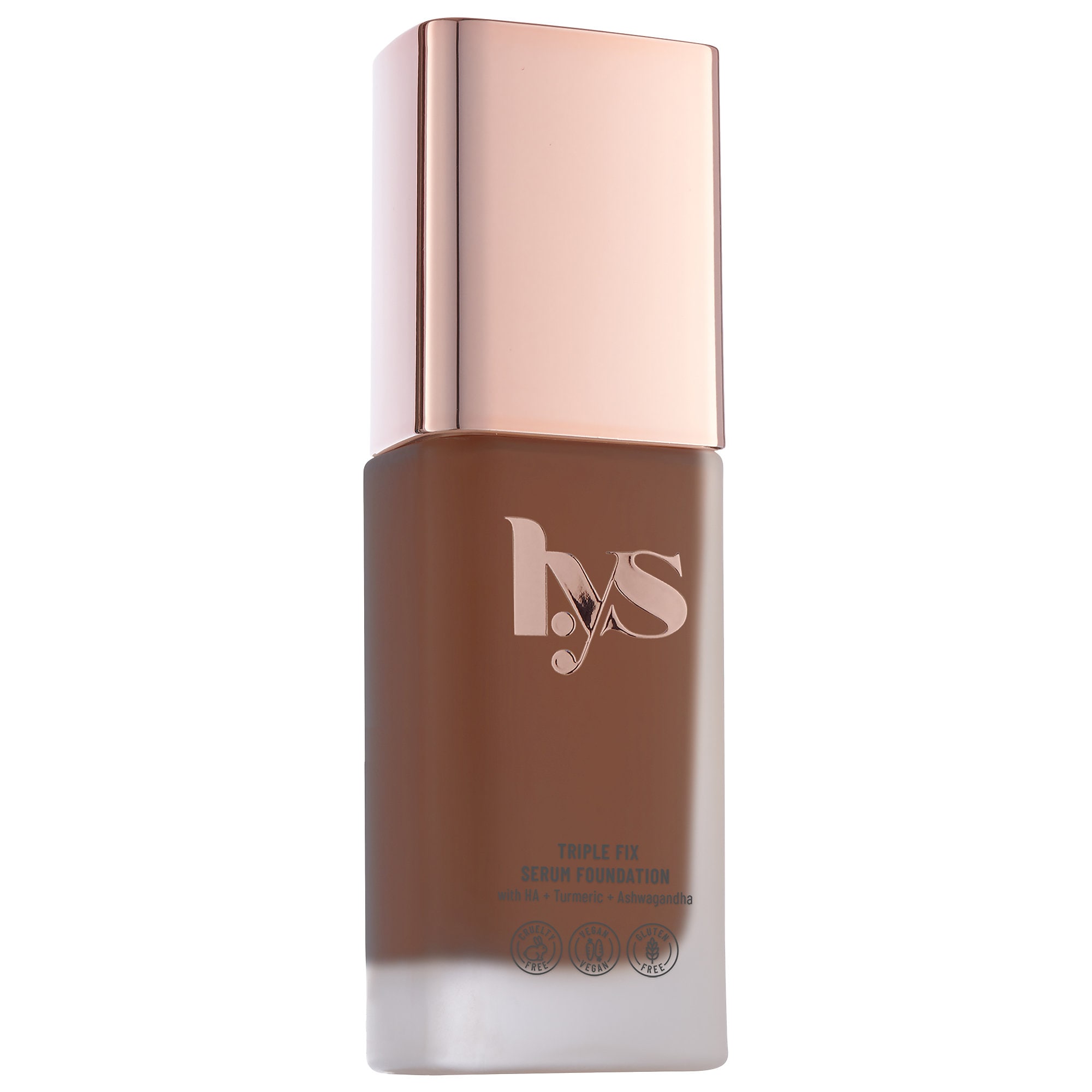
Type: Liquid | Shades: 17 | Coverage: Medium | Finish: Natural
Thompson's internet-famous Triple Fix Serum Foundation comes in 17 shades, starting with Deep Golden Espresso—a rich brown shade with golden undertones. It's infused with skin-loving ingredients like ashwagandha, turmeric, and hyaluronic acid to combat visible signs of aging, offer antioxidant protection, and hydrate the skin.
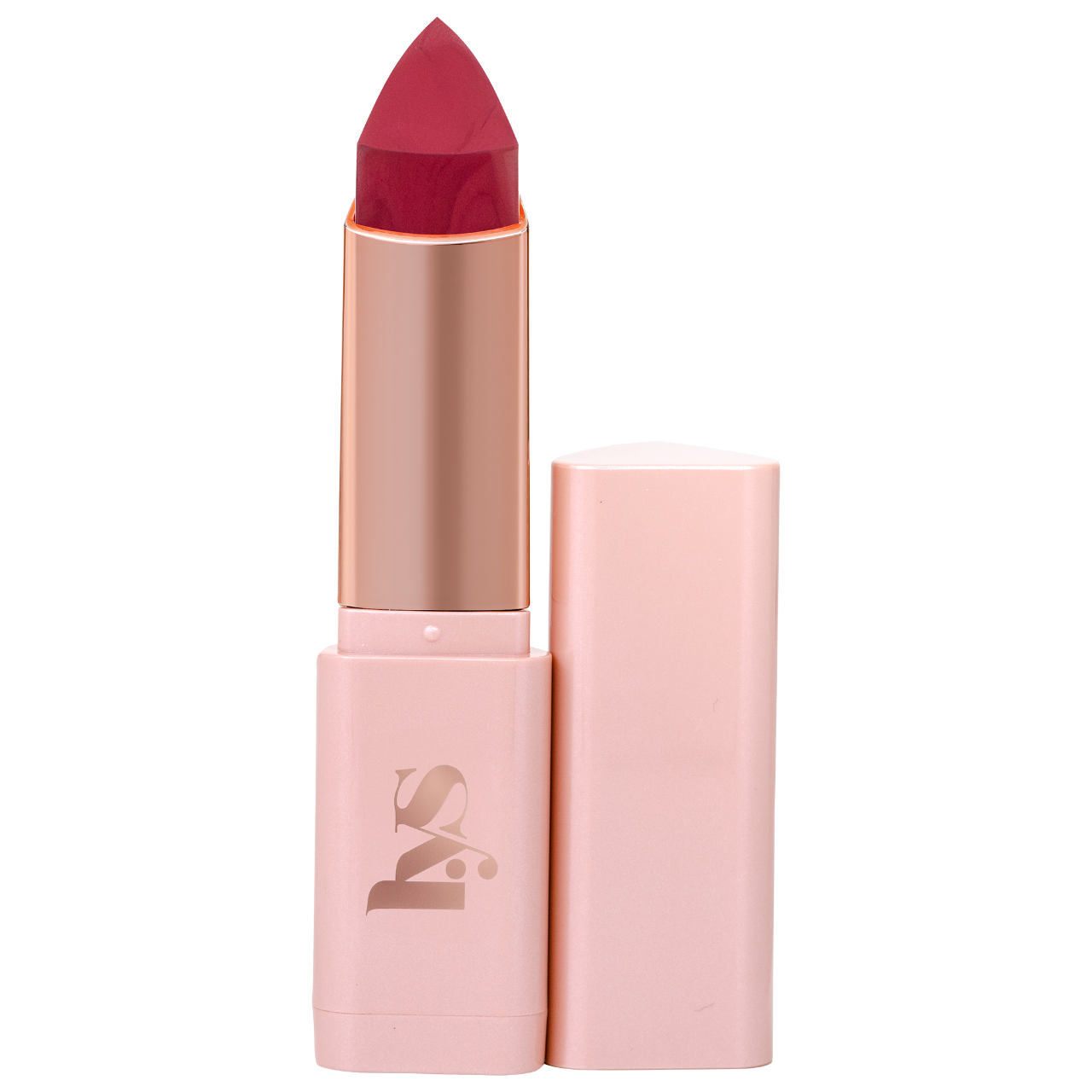
This creamy blush stick is the perfect companion to the Triple Fix Serum Foundation. It melts onto the skin, providing a glowy wash of color. It's infused with green tea extract, watermelon seed extract, rose-hip oil, and vitamins A, C, and E for added skin benefits.
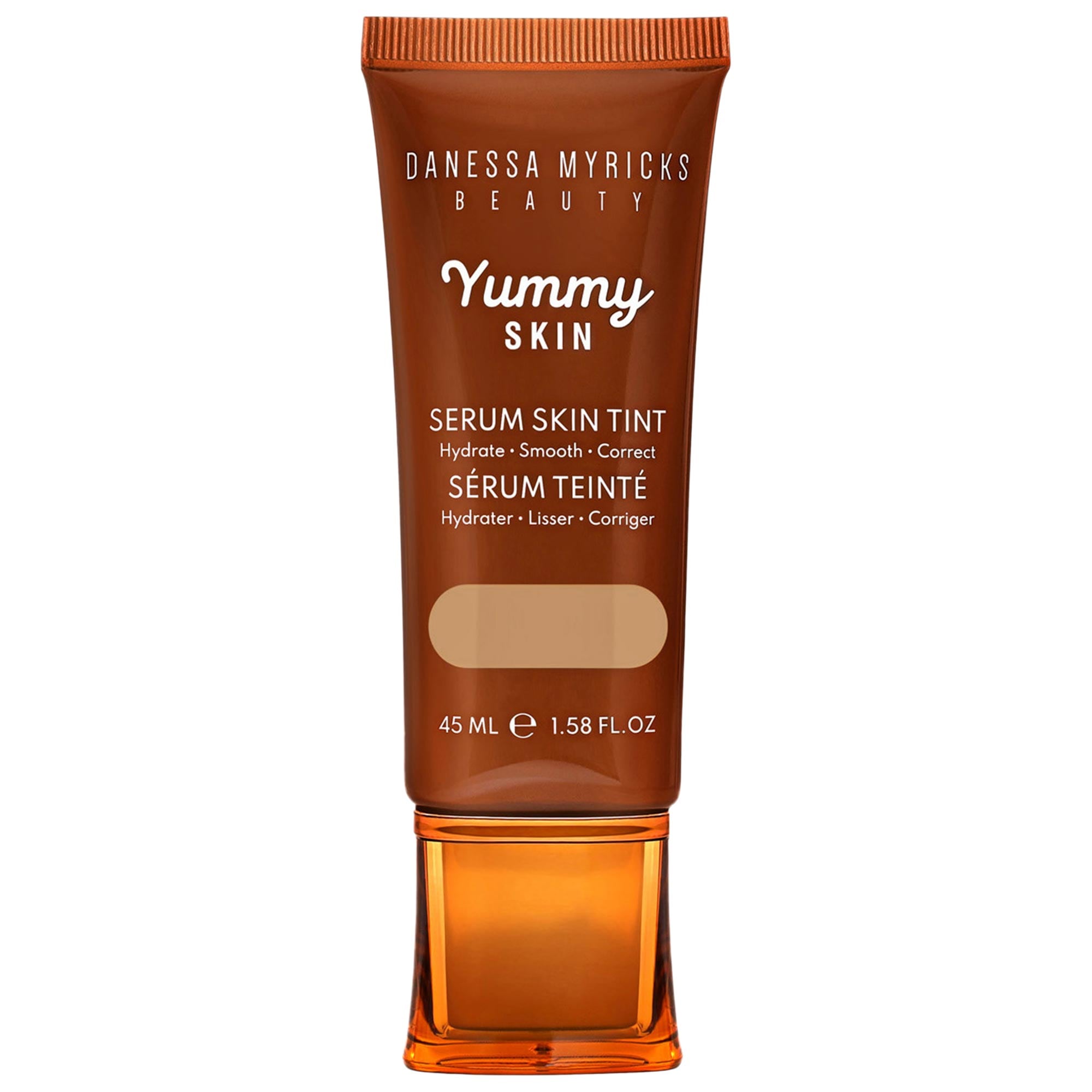
Type: Liquid | Shades: 20 | Coverage: Light | Finish: Radiant
Glowy and lightweight, this skin tint is like a foundation and a serum had a baby. It offers light, skin-perfecting coverage with a skin-benefiting formula. It includes vegan collagen peptides to smooth fine lines, ceramides to strengthen the skin barrier, and squalane to hydrate.
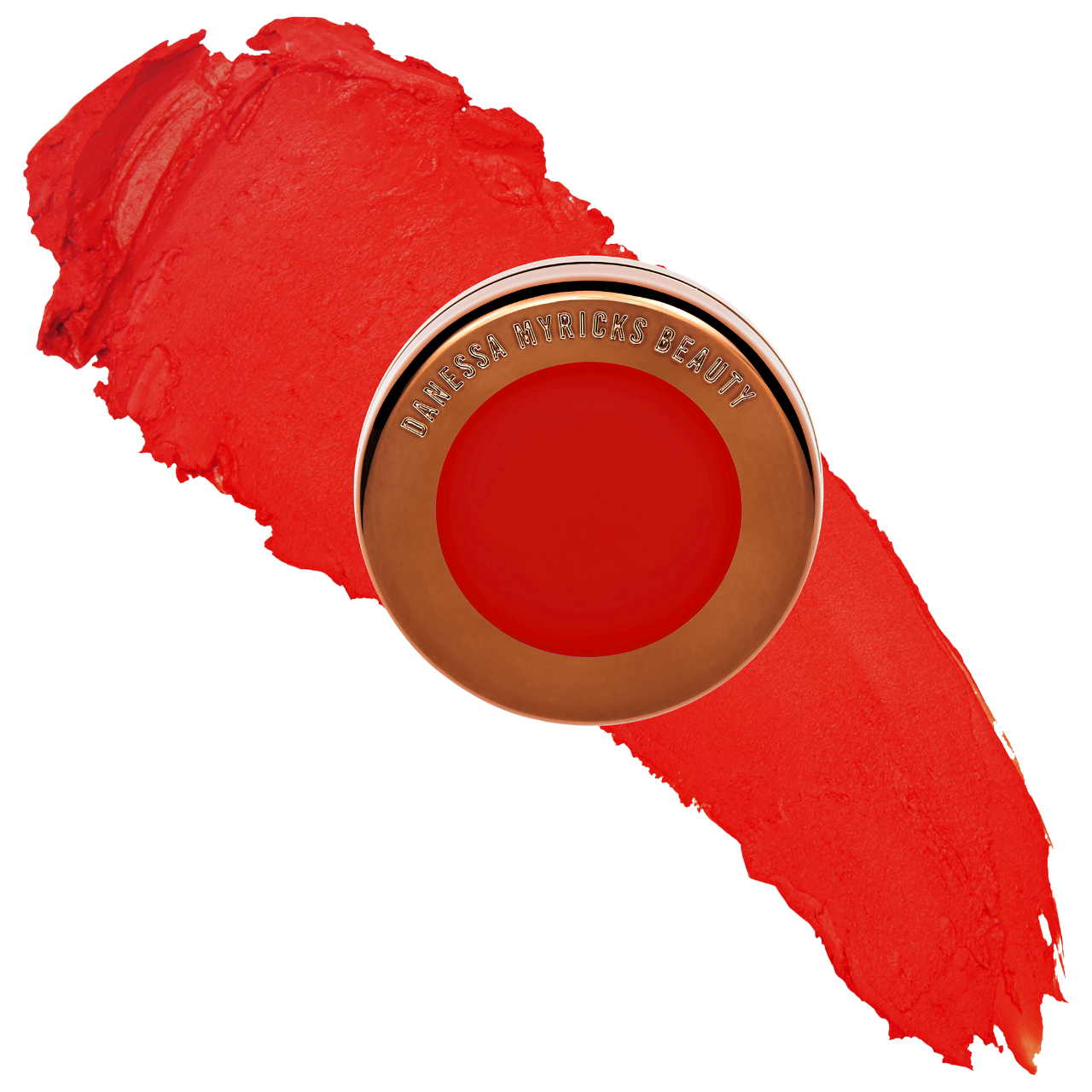
This matte lip and cheek color gives the skin the prettiest, most pigmented wash of color.
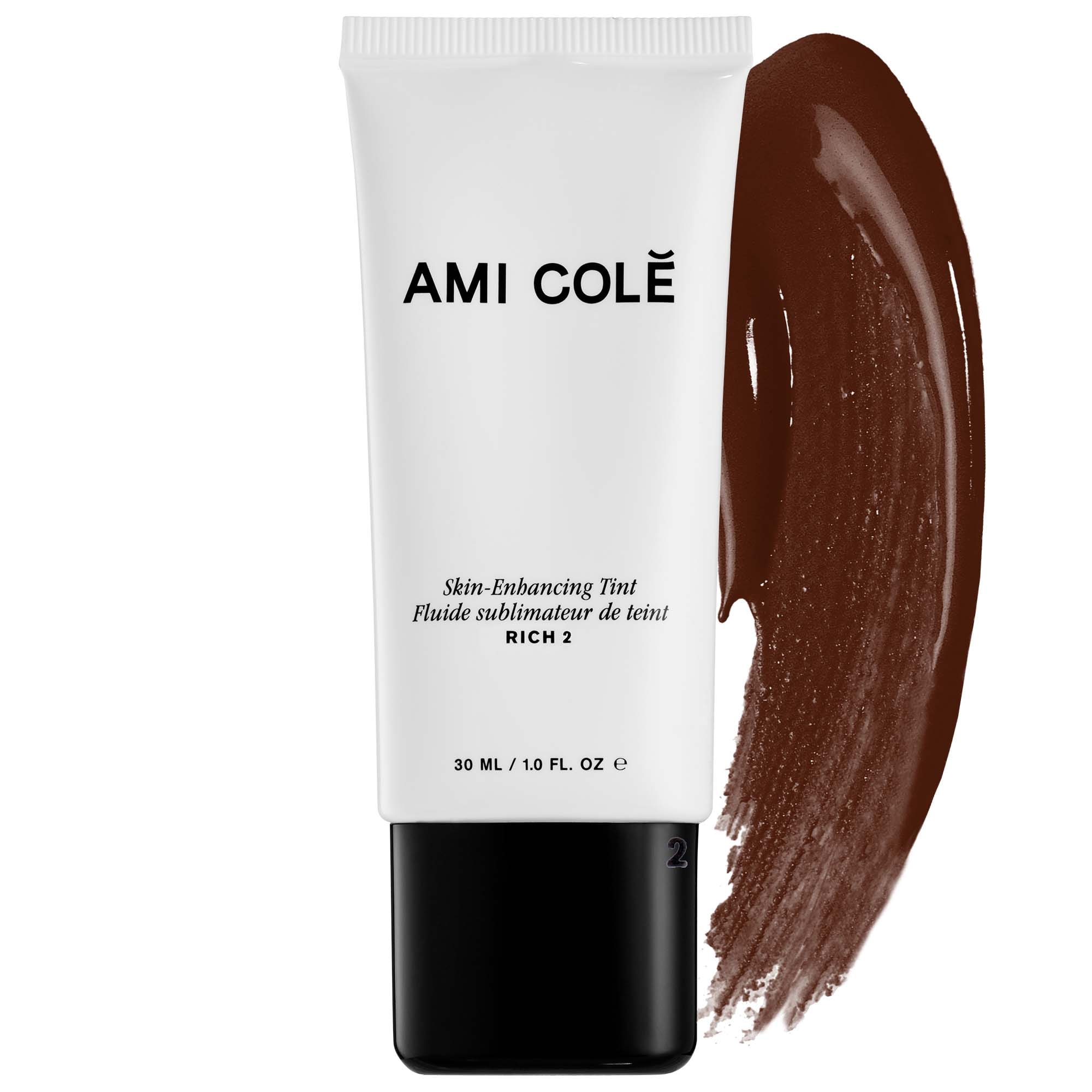
Type: Liquid | Shades: Six | Coverage: Medium | Finish: Natural
Here's another complexion product that provides light coverage and a glowy finish. It's technically a tinted moisturizer, so it will hydrate and plump the skin at the same time as it helps perfect it. Just like every other brand on this list, Ami Colé is known for her intentional shade range.
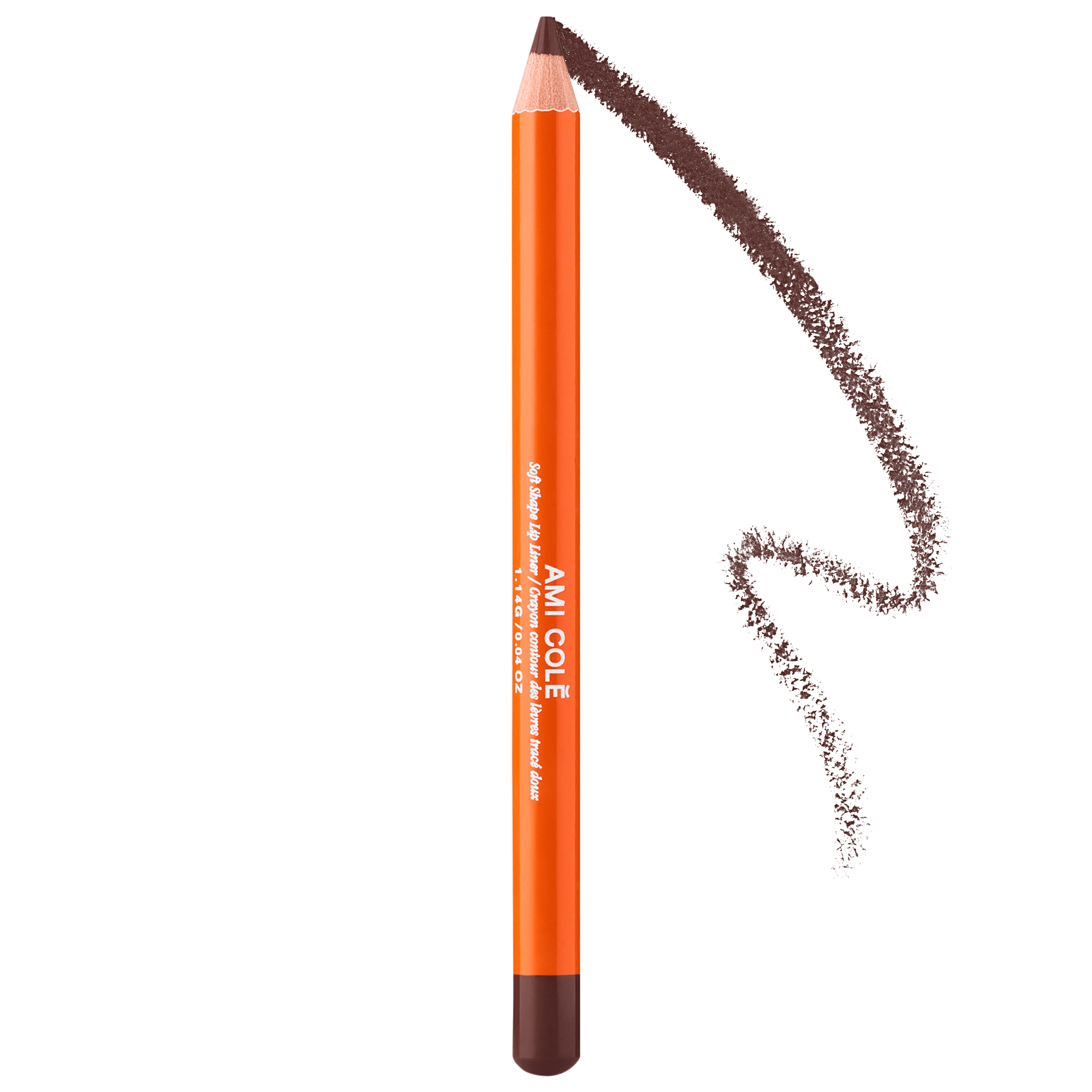
Everyone needs a waterproof, budge-proof lip liner in their makeup bag. This one, also from Ami Colé, is a must-have.
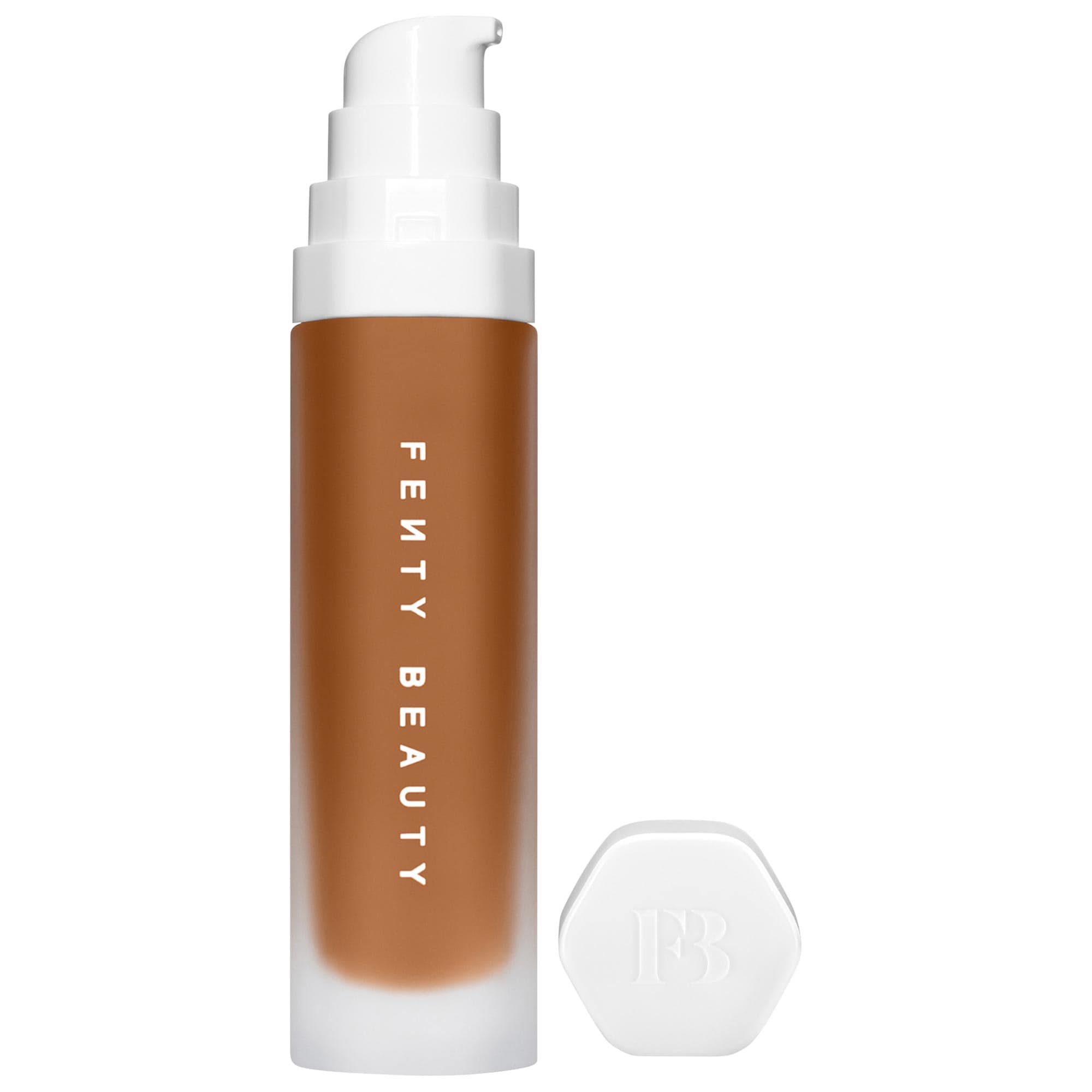
Type: Liquid | Shades: 50 | Coverage: Medium | Finish: Natural
Rihanna's Fenty Beauty is another brand that's known for inclusive shade ranges, from foundation and concealer to blush, contour, and beyond. This brand-favorite foundation has a long-wearing, hydrating formula, so it will never settle into fine lines, look cakey, or oxidize throughout the day.
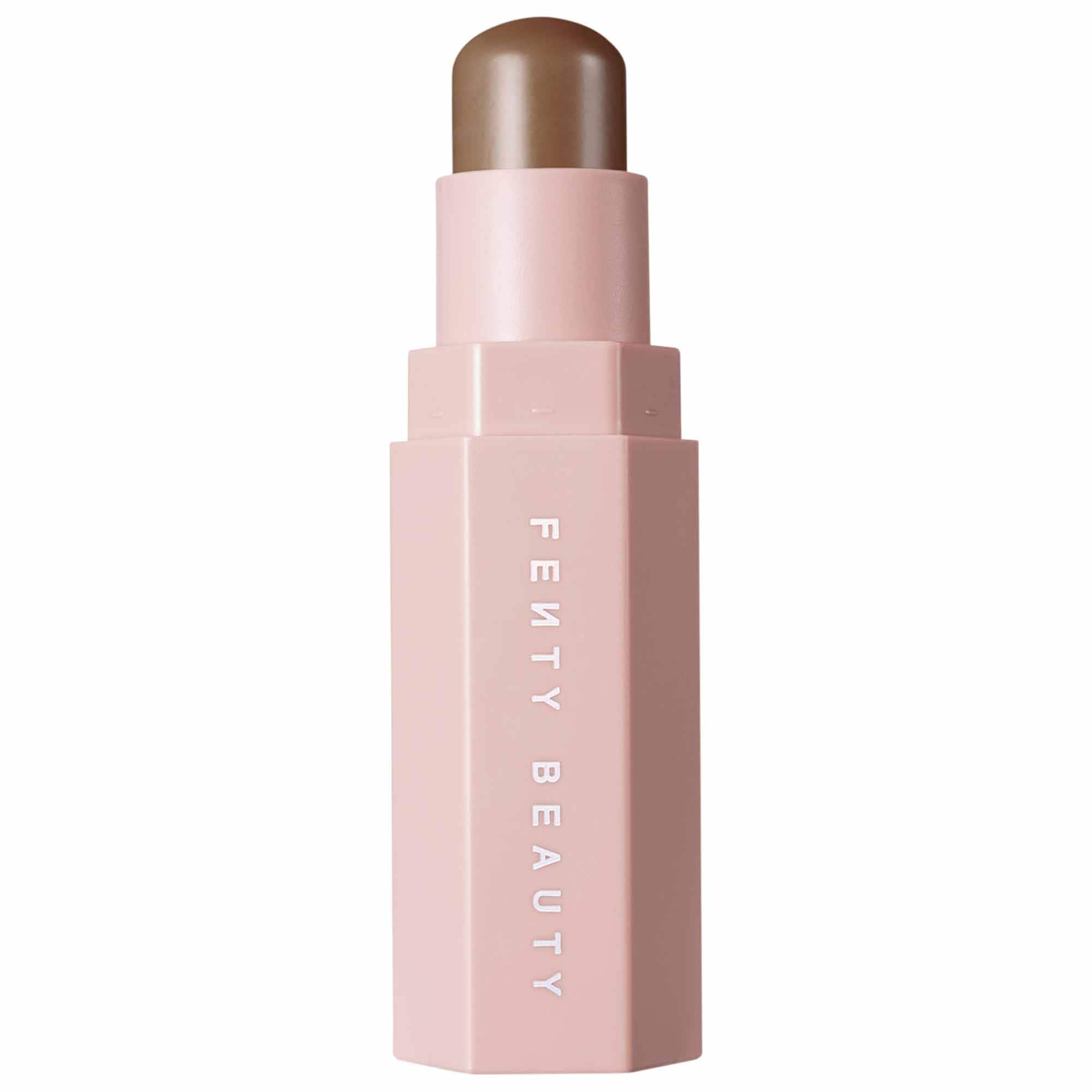
Follow up with the brand's social media–favorite contour stick to sculpt and define your face.

Kaitlyn McLintock is a Beauty Editor at Who What Wear. She has 10 years of experience in the editorial industry, having previously written for other industry-leading publications, like Byrdie, InStyle, The Zoe Report, Bustle, and others. She covers all things beauty and wellness-related, but she has a special passion for creating skincare content (whether that's writing about an innovative in-office treatment, researching the benefits of a certain ingredient, or testing the latest and greatest at-home skin device). Having lived in Los Angeles, California, and Austin, Texas, she has since relocated back to her home state, Michigan. When she's not writing, researching, or testing beauty products, she's working through an ever-growing book collection or swimming in the Great Lakes.
-
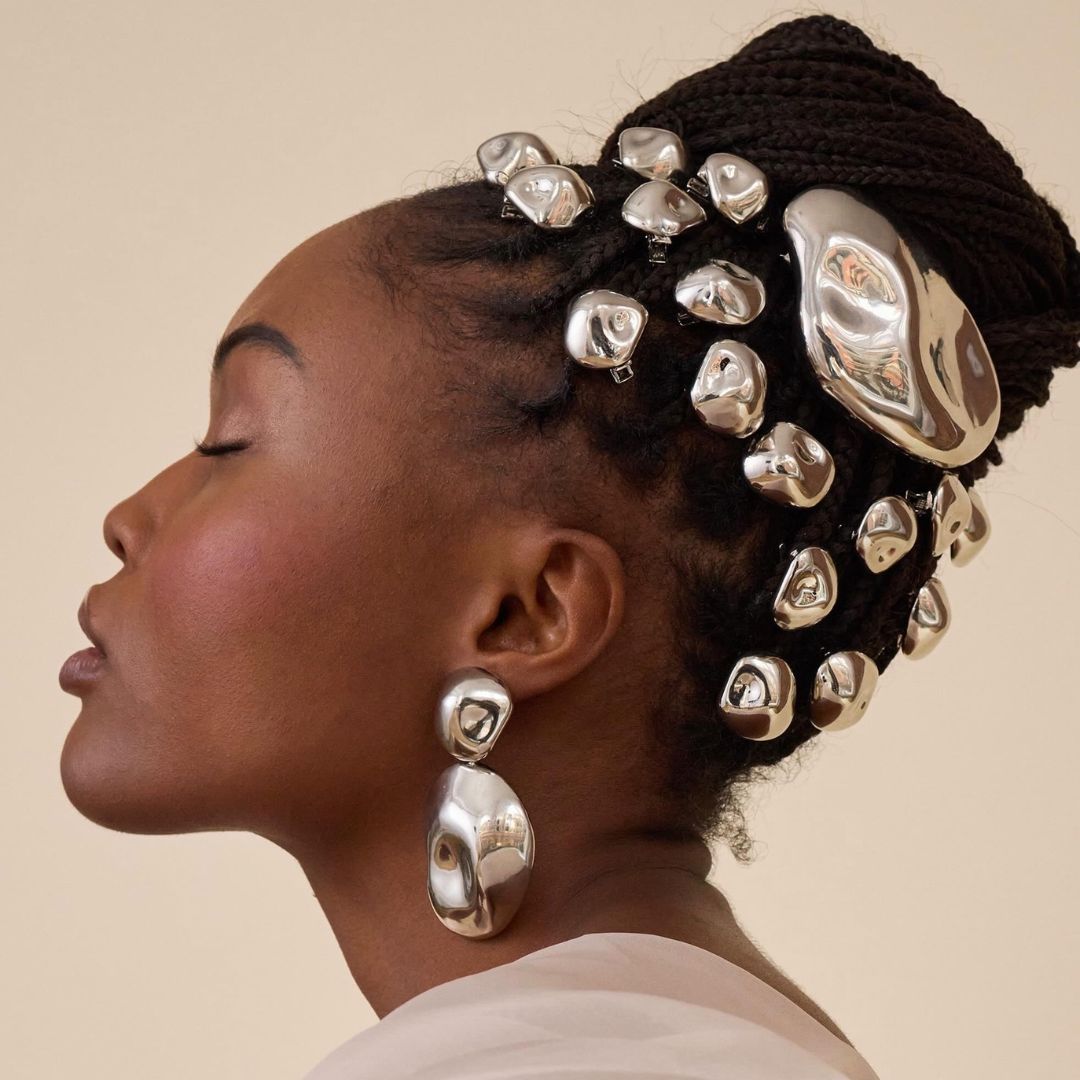 All the Chicest People I Know Have Been Dabbling in This Breathtaking 2025 Hair Trend
All the Chicest People I Know Have Been Dabbling in This Breathtaking 2025 Hair TrendFuturistic and stunning.
By Alyssa Brascia
-
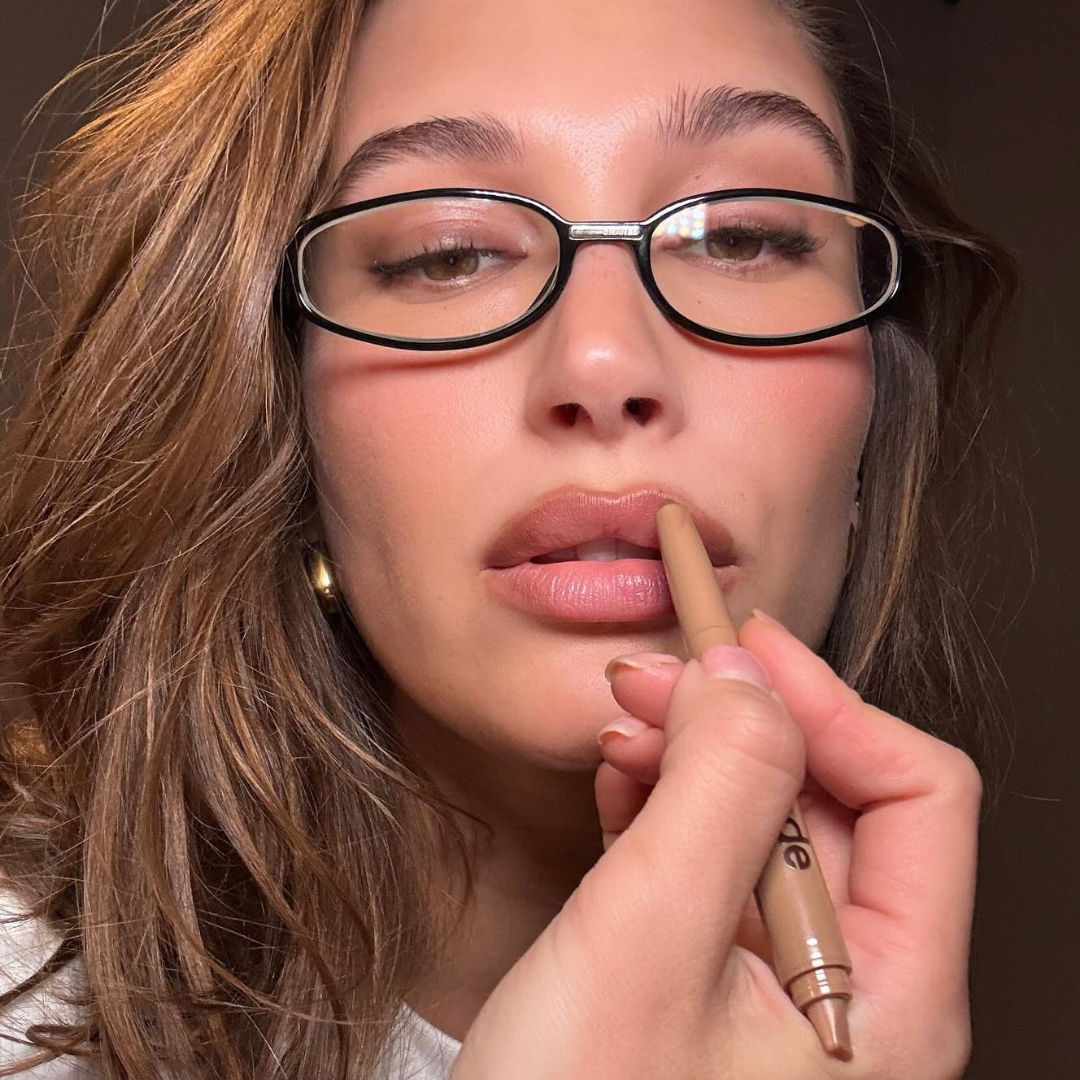 This Lip-Contouring Guide Is Essentially Your Cheat Sheet for a Fuller Pout, Sans Needles
This Lip-Contouring Guide Is Essentially Your Cheat Sheet for a Fuller Pout, Sans NeedlesA plumper pout has never been so painless.
By Alyssa Brascia
-
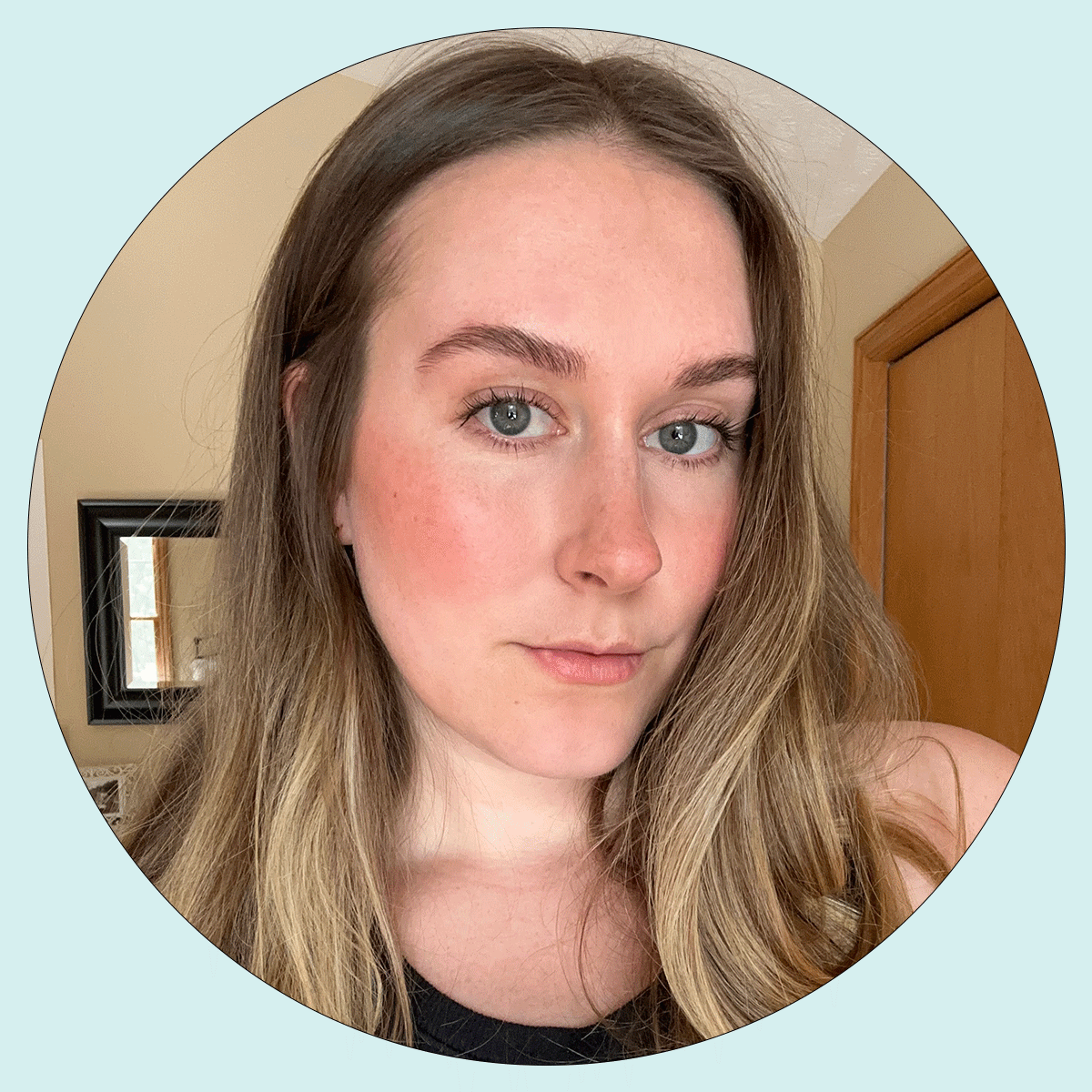 3 People Texted Me to Ask What They Should Buy Before Sephora's Sale Ends—Here's My Short List
3 People Texted Me to Ask What They Should Buy Before Sephora's Sale Ends—Here's My Short ListMy top 10 recommendations.
By Kaitlyn McLintock
-
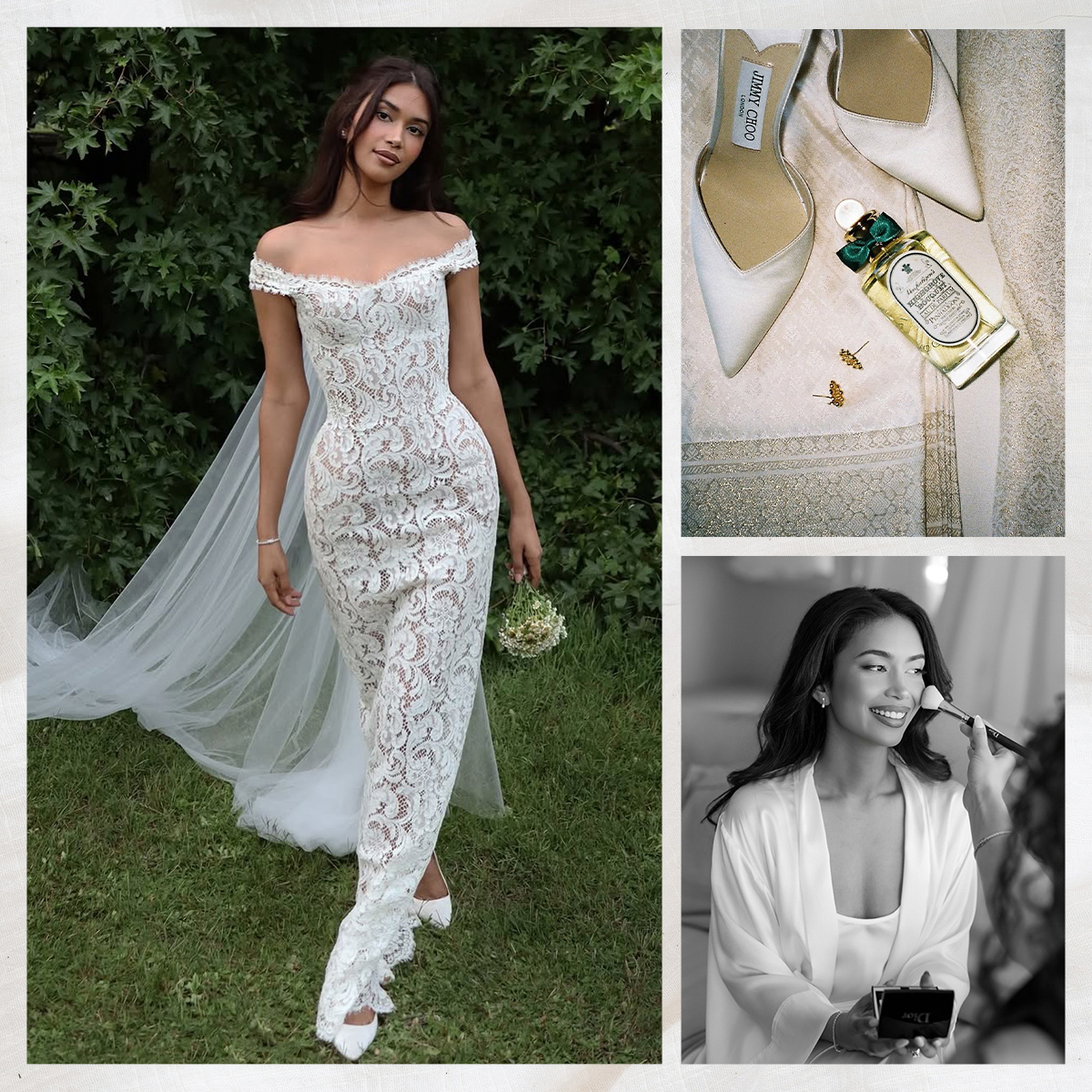 How Mishti Rahman Took On 5 Wedding Beauty Looks With a Vampy and Angelic Touch
How Mishti Rahman Took On 5 Wedding Beauty Looks With a Vampy and Angelic TouchWedding beauty at its best.
By Maya Thomas
-
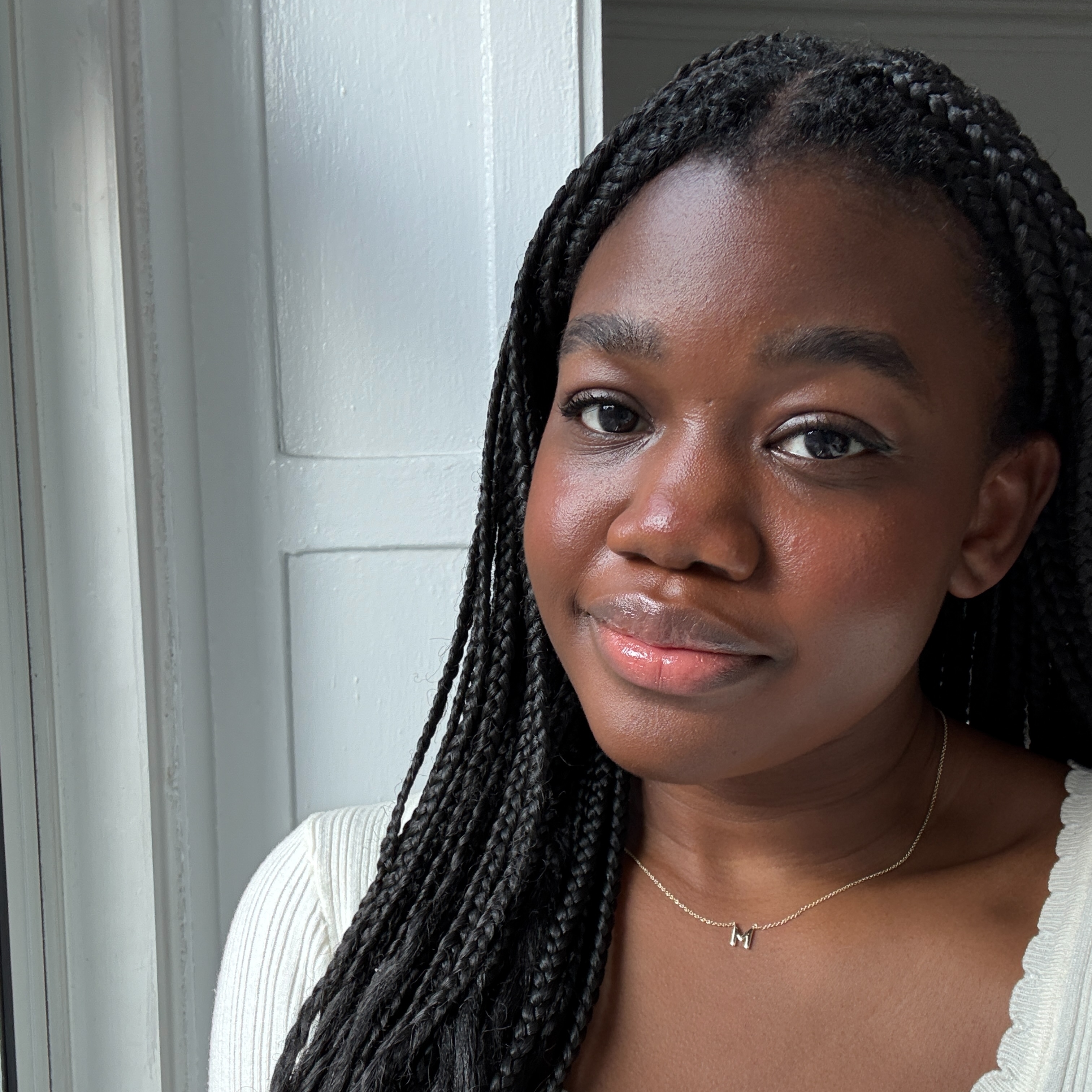 I Exclusively Wear Liquid Blush—Here Are the 13 Best for Just-Pinched Cheeks in Seconds
I Exclusively Wear Liquid Blush—Here Are the 13 Best for Just-Pinched Cheeks in SecondsThey're *almost* too good to be true.
By Maya Thomas
-
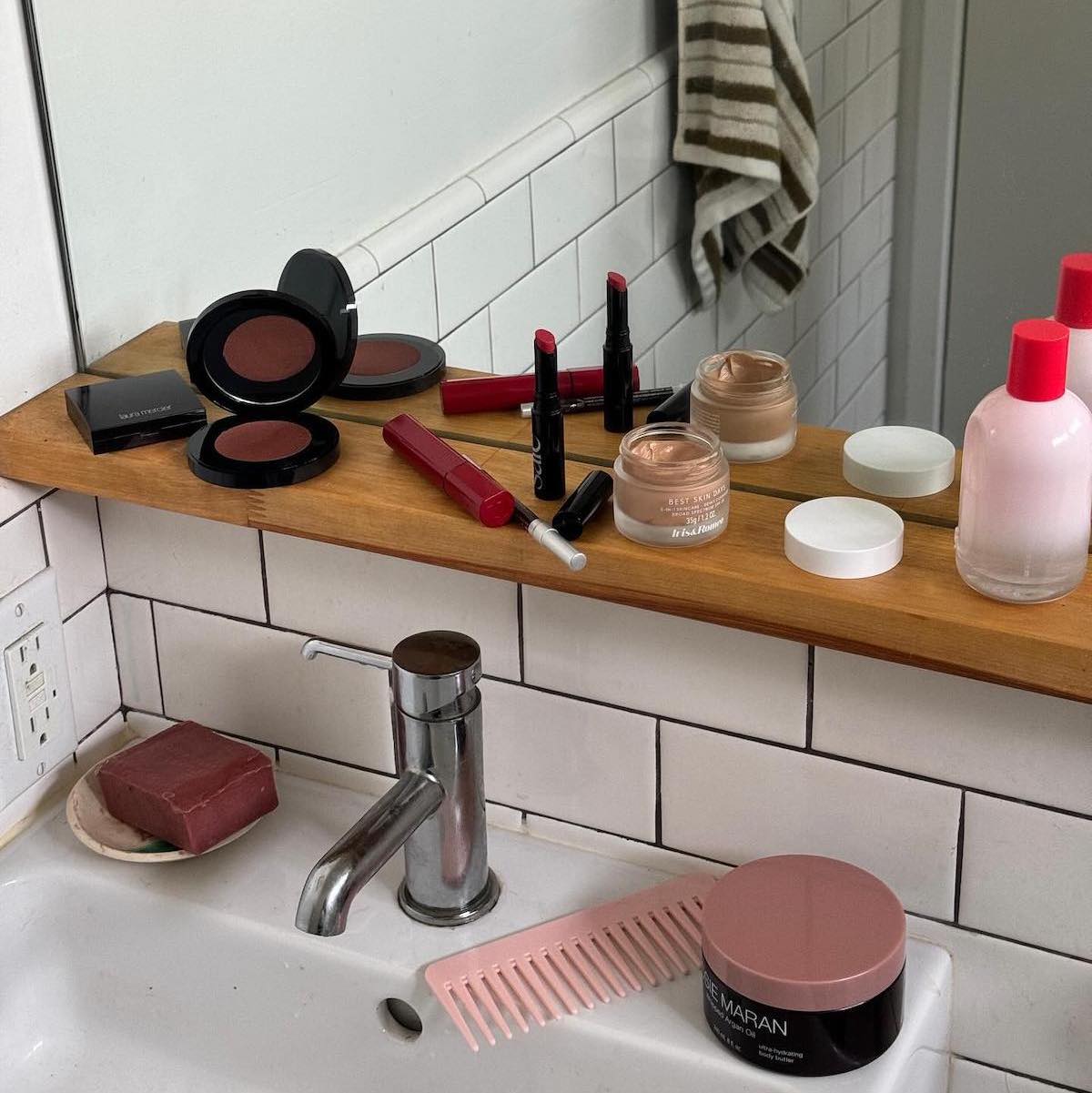 From TikTok-Viral to Undiscovered Gems—Here's My Editor-Approved Nordstrom Sale Shopping List
From TikTok-Viral to Undiscovered Gems—Here's My Editor-Approved Nordstrom Sale Shopping ListTrust me.
By Kaitlyn McLintock
-
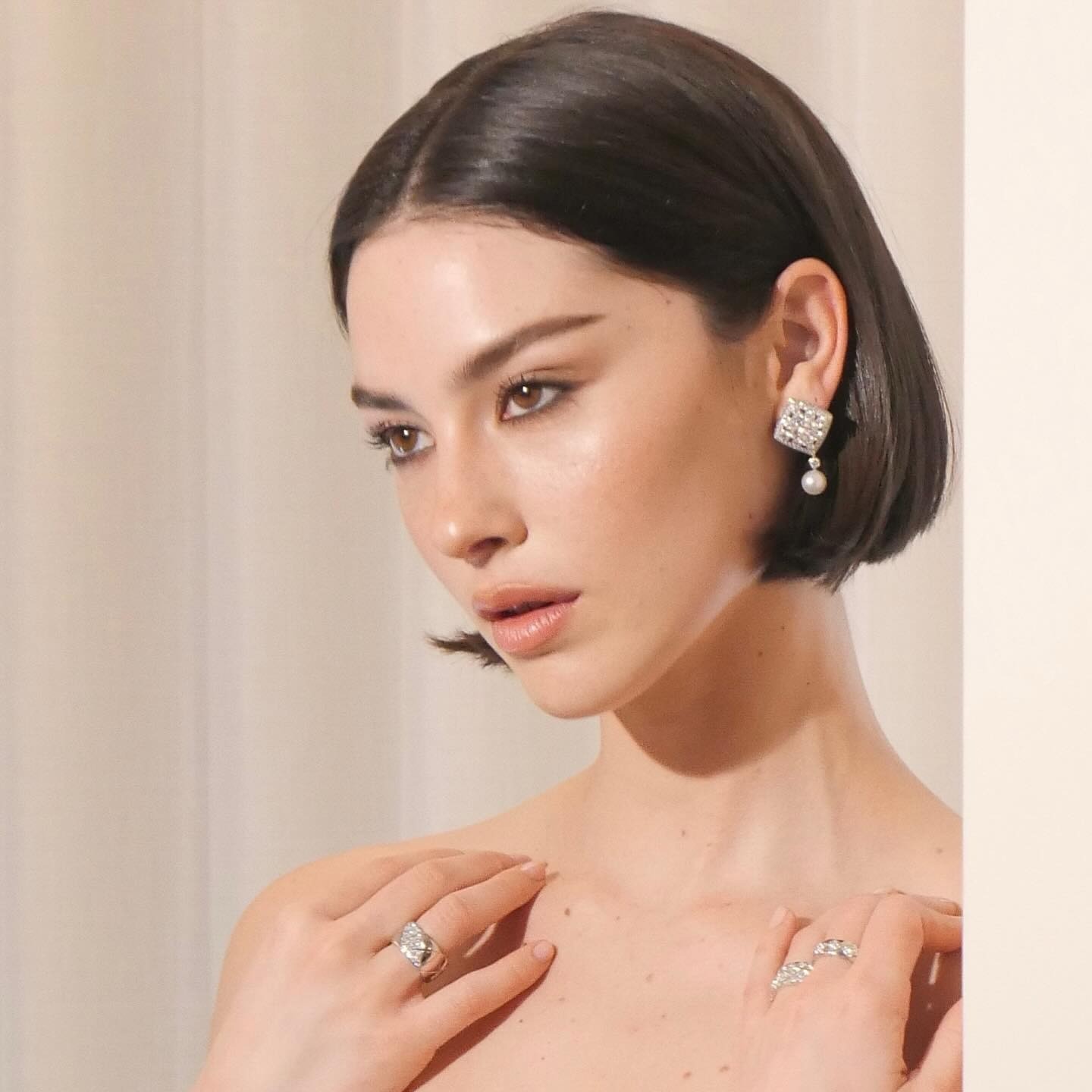 Blurred Makeup Is Trending, and Gracie Abrams Is the Blueprint—the Pre-Show Glam She Swears By
Blurred Makeup Is Trending, and Gracie Abrams Is the Blueprint—the Pre-Show Glam She Swears ByIt's all about soft-focus skin.
By Jamie Schneider
-
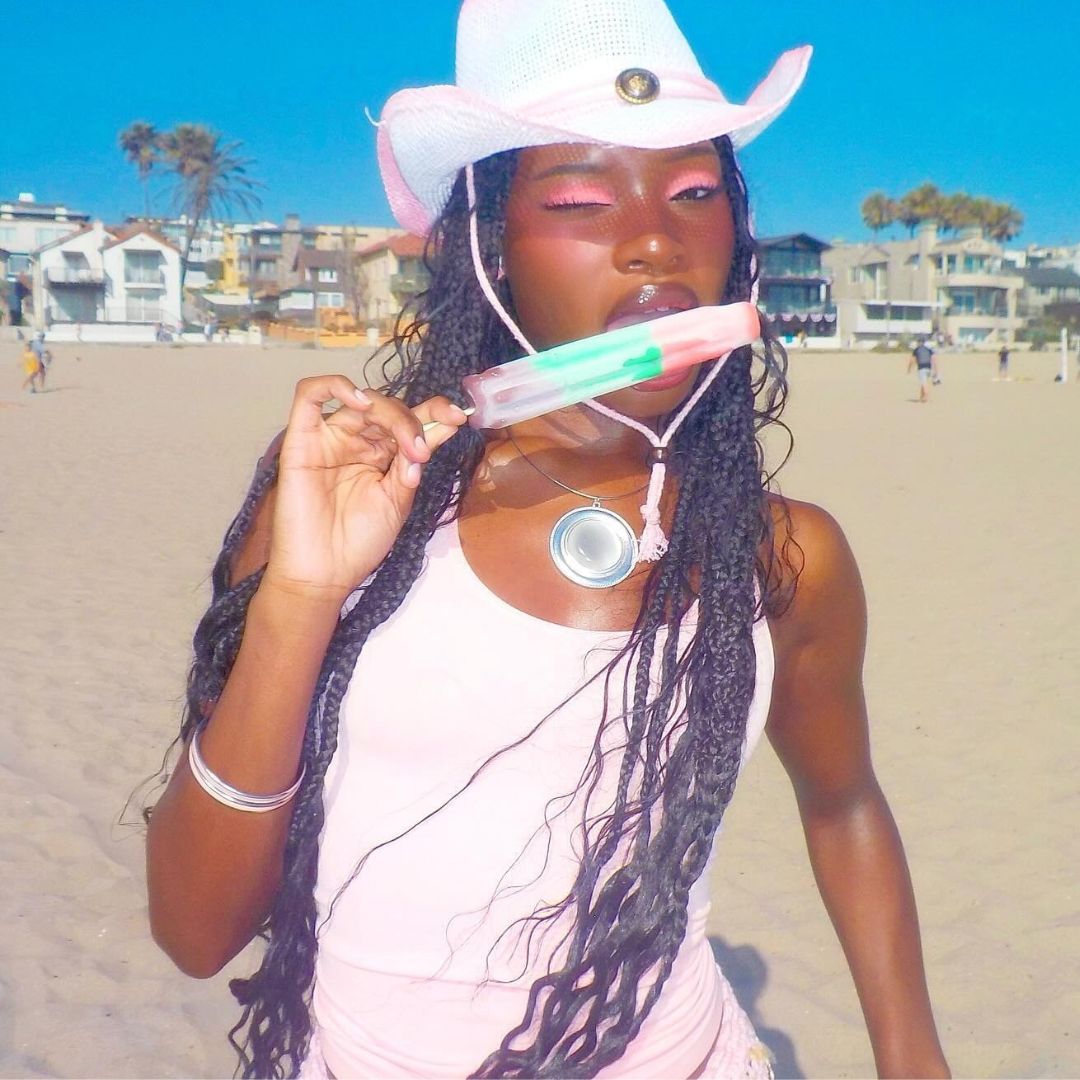 No One Knows Festival Makeup Like This Iconic MUA—4 Trends She Says We'll See All Over Coachella
No One Knows Festival Makeup Like This Iconic MUA—4 Trends She Says We'll See All Over CoachellaGrab your tickets and glitter.
By Alyssa Brascia
